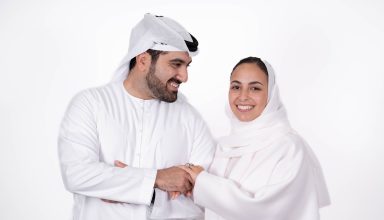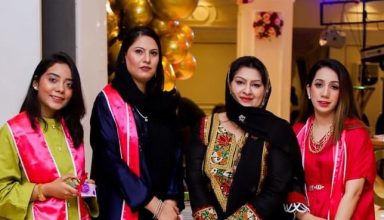Surgeon at Mediclinic City Hospital in Dubai performs first computer-assisted shoulder replacement surgery of its kind in the Middle East

Surgeon at Mediclinic City Hospital in Dubai performs first computer-assisted shoulder replacement surgery of its kind in the Middle East

The technology, ExactechGPS Total Shoulder Application, provides the surgeon with a real-time 3-D computer model of a patient’s shoulder during surgery. It does this by combining CT scan images with data from instruments mounted with tiny infrared cameras. The software allows the surgeon to guide a bone drill mounted with an infrared camera to the exact location plotted out during pre-op planning and determine drilling depth, screw placement and the ability to adjust the pre-op surgical plan, if necessary. The cameras communicate with a computer tablet that displays a digital model of the patient’s shoulder, showing a drill location like a dot on a smartphone’s map app.
The software allows surgeons to virtually plan the operation using a 3-D anatomical model of the patient’s shoulder with images from a CT scan. Dr Goswami noted that it can be difficult to get a complete view of a patient’s shoulder anatomy during the actual surgery.

“This dramatically improves accuracy,” said Dr Goswami. “It certainly allows you to place implants precisely. The human eye allows implant placement by even the most experienced surgeons to within three to five millimetres. However with this technology, it allows placement within 1-2 mm.”
The combination gives the surgeon a road map for the placement of implant screws, improving on what is possible with the human eye. The technology is expected to produce more secure, durable implants with fewer complications.

Dr Goswami performed the surgery on May 5 at Mediclinic City Hospital, Dubai, UAE, on the right shoulder of Mrs. Maniickam, a Dubai resident, whose severe arthritis caused extreme pain in her joints. She had a very stiff shoulder with significant bone loss and misaligned shoulder socket. ExactechGPS computer navigated system provided a real-time 3-D computer model of the patient’s shoulder enabling Dr Goswami to reconstruct the socket with an augmented implant to restore her alignment whilst performing a reverse replacement.
Mrs. Maniickam said she hoped the new technology would help many others in her situation, allowing for safer, more successful surgeries. “So far, it’s been good,” she said of her recovery a week after the surgery. “I have to keep reminding myself to keep my arm down and not use my hand. It’s been feeling good.”
source: khaleejtimes



